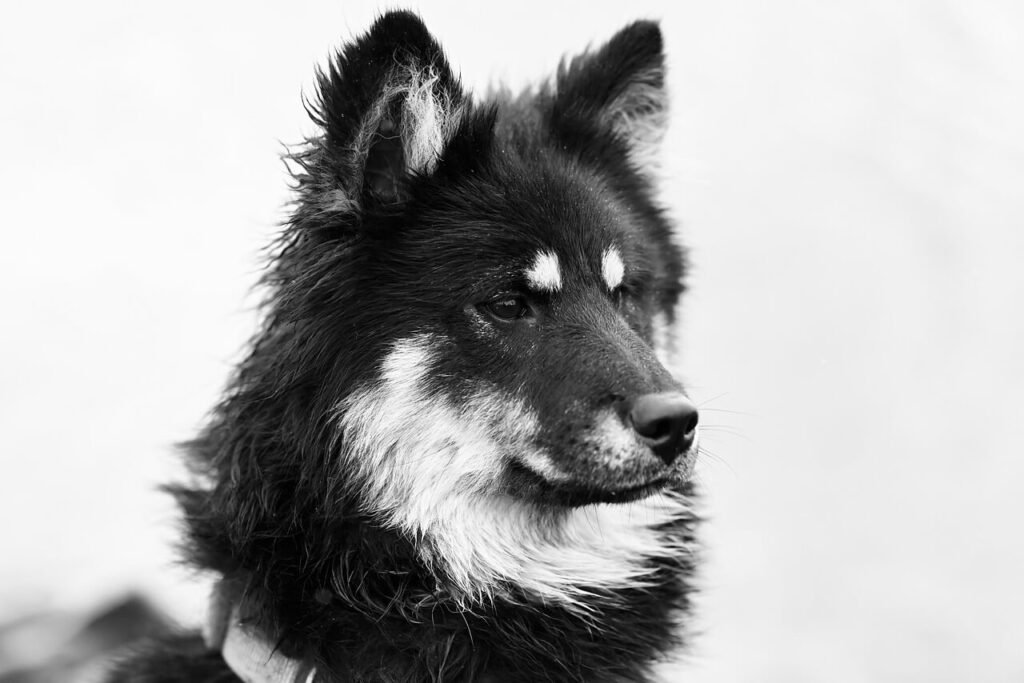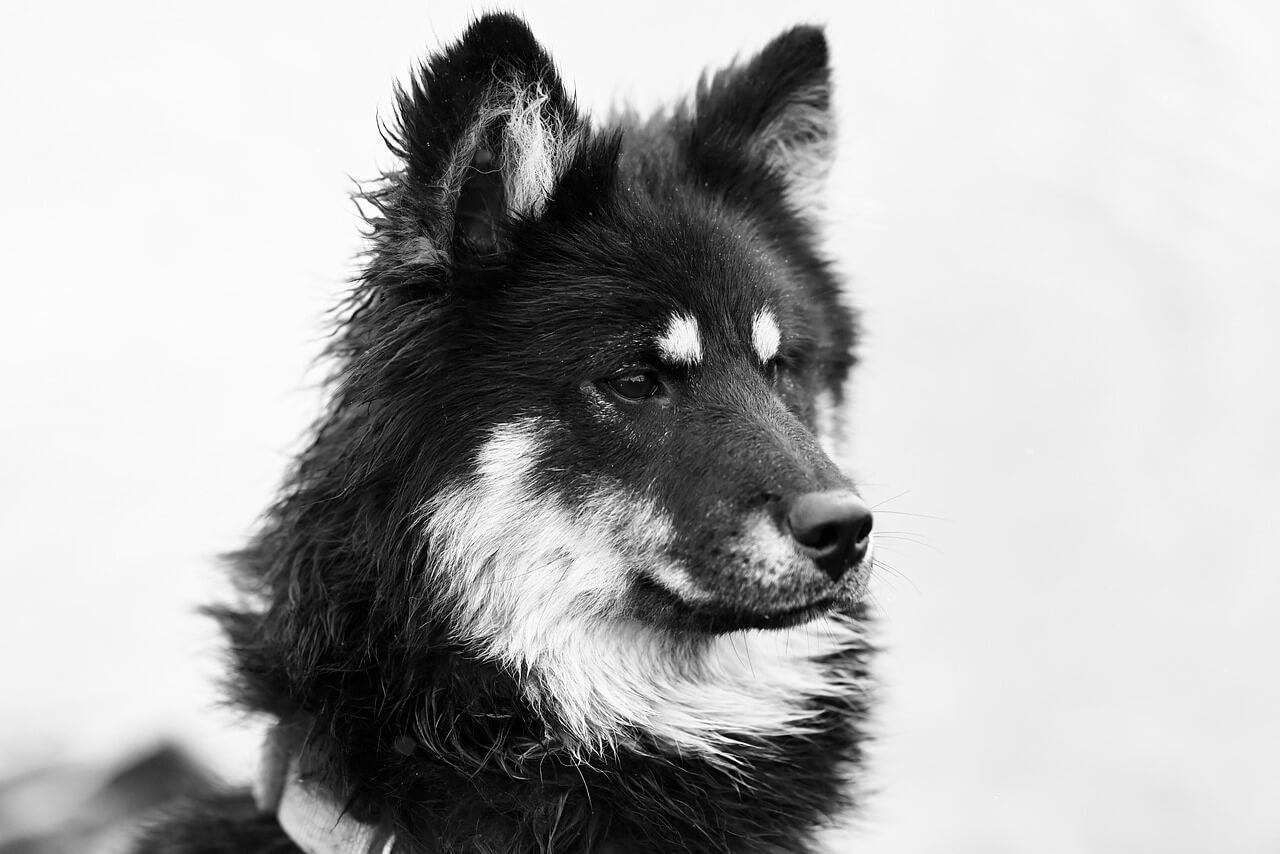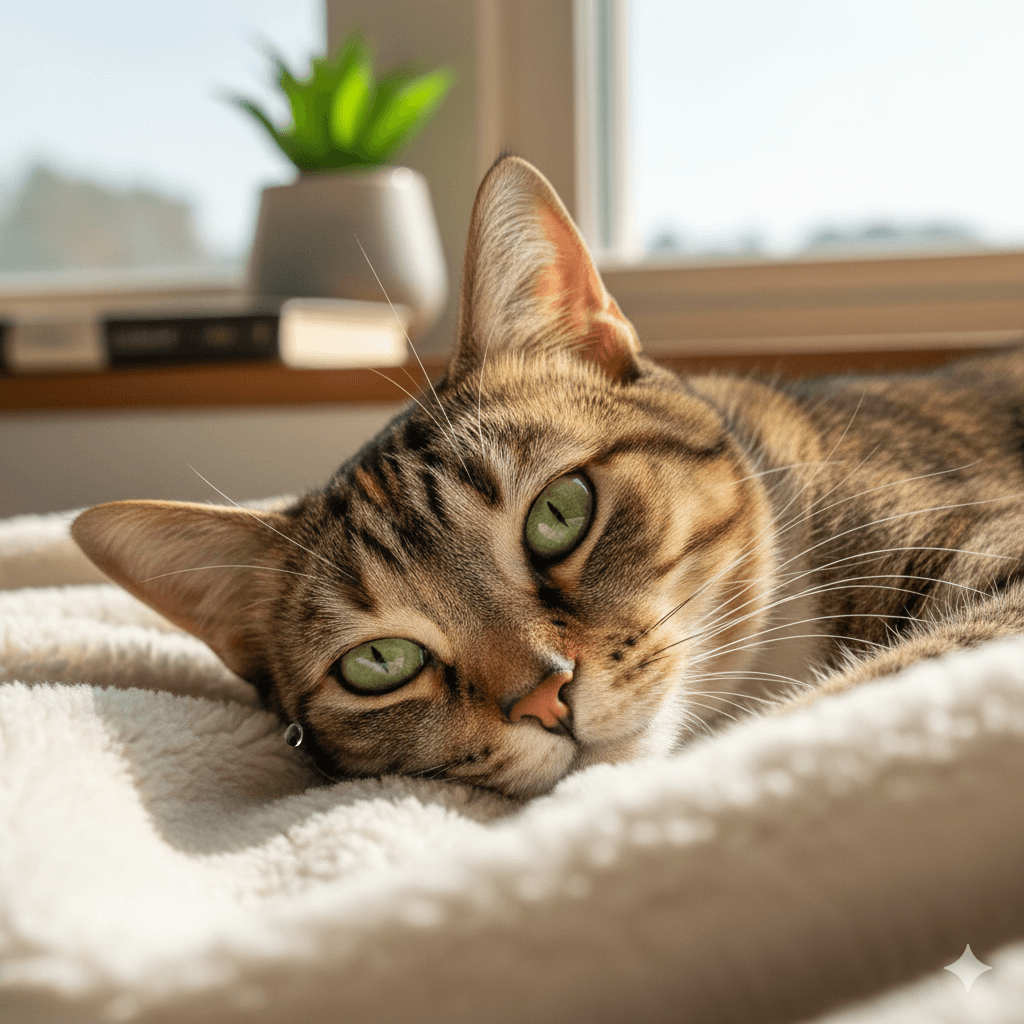Understanding Entropion Surgery for Dogs: A Guide to Diagnosis, Treatment, and Recovery
Entropion is a common yet potentially serious condition in dogs where the eyelid rolls inward, causing the eyelashes or fur to rub against the cornea. This irritation can lead to discomfort, corneal ulcers, and even vision impairment if left untreated. While some mild cases can be managed with medications or temporary fixes, entropion surgery is often the most effective and permanent solution for restoring your dog’s eye health.
In this blog post, we’ll explore what entropion is, how it affects dogs, and what you can expect from the surgical process. From pre-surgery preparation to post-operative care, you’ll gain valuable insights into ensuring your furry friend receives the best possible treatment. By the end, you’ll feel more confident about navigating this procedure and supporting your dog through recovery.
What Is Entropion and Why Does It Occur?
Entropion is a genetic or acquired condition that primarily affects certain dog breeds but can occur in any canine. Understanding its causes and risk factors can help you recognize early signs and seek timely veterinary care. Here are some key points about entropion:
Genetic Predisposition:
Breeds like Shar Peis, Bulldogs, and Retrievers are more prone to entropion due to their facial structure and skin folds.Acquired Causes:
Trauma, aging, or chronic eye infections can sometimes lead to entropion in older dogs.Symptoms to Watch For:
Signs include excessive tearing, squinting, redness, or pawing at the eyes due to irritation.Impact on Eye Health:
Persistent rubbing of the eyelashes against the cornea can cause ulcers, scarring, or vision problems if untreated.Importance of Early Diagnosis:
Identifying entropion early prevents complications and improves the chances of successful treatment.
Recognizing these factors and symptoms allows you to address the issue promptly and prevent further damage to your dog’s eyes.
The Entropion Surgery Process: What to Expect
If your veterinarian recommends entropion surgery for your dog, understanding the procedure can ease your concerns and prepare you for what lies ahead. Here’s an overview of the surgical process:
Pre-Surgical Evaluation:
Your vet will perform a thorough examination, including tests to assess the severity of the condition.Anesthesia Administration:
General anesthesia ensures your dog remains comfortable and pain-free throughout the procedure.Surgical Correction:
The surgeon removes a small section of tissue from the affected eyelid and reshapes it to prevent inward rolling.Temporary Sutures:
Stitches are placed to hold the eyelid in its new position while healing occurs.Post-Surgical Monitoring:
Your dog will be closely monitored as they recover from anesthesia before being discharged.
This step-by-step approach ensures precise correction and minimizes risks during the surgery.
Check this guide 👉Dog Cataracts Surgery Cost: Best 7 Health Tips!
Check this guide 👉Understanding Foreign Body Surgery in Dogs: Best 7 Tips!
Check this guide 👉Understanding Soft Palate Surgery in Dogs: Best 7 Tips!

Stage of Entropion Surgery | What Happens During This Stage |
|---|---|
Pre-Surgical Evaluation | Comprehensive eye exam and diagnostic tests |
Anesthesia | Administered to ensure pain-free surgery |
Surgical Procedure | Reshaping the eyelid to correct its position |
Post-Surgical Care | Monitoring recovery and managing discomfort |
Follow-Up Visits | Checking healing progress and removing sutures |
Post-Operative Care After Entropion Surgery
Proper aftercare is crucial to ensure a smooth recovery and minimize the risk of complications following entropion surgery. Here are some tips to guide you through this critical period:
Administer Medications as Prescribed:
Antibiotics and pain relievers help prevent infection and keep your dog comfortable.Use an Elizabethan Collar (E-Collar):
Prevents your dog from scratching or rubbing their eyes, which could disrupt healing.Monitor for Signs of Infection:
Watch for swelling, discharge, or worsening redness around the surgical site.Limit Physical Activity:
Restrict exercise and playtime to avoid straining the healing eyelids.Attend Follow-Up Appointments:
Regular check-ups allow your vet to monitor progress and remove sutures when appropriate.
By following these guidelines, you can support your dog’s recovery and ensure the best possible outcome.
Potential Risks and Complications of Entropion Surgery
While entropion surgery is generally safe, no procedure is without risks. Being aware of potential complications helps you stay vigilant and act quickly if issues arise.
Infection:
Bacterial infections at the surgical site can delay healing and require additional treatment.Overcorrection or Undercorrection:
In rare cases, the eyelid may not be perfectly aligned, necessitating further adjustments.Swelling and Bruising:
Mild swelling and bruising are normal but should subside within a few days.Corneal Irritation:
Temporary irritation may persist until the eyelid fully heals and stabilizes.Anesthetic Reactions:
Although uncommon, adverse reactions to anesthesia can occur, especially in older or compromised dogs.
Discussing these risks with your veterinarian beforehand ensures you’re prepared to handle any challenges that may arise.
Signs Your Dog May Need Entropion Surgery
If your dog is showing signs of eye discomfort, it’s important to recognize the symptoms that may indicate entropion. Early intervention can prevent complications and improve outcomes. Here are some warning signs to look out for:
Excessive Tearing (Epiphora):
Watery eyes are a common sign of irritation caused by inward-rolling eyelids.Squinting or Blinking Frequently:
Dogs with entropion often squint to reduce discomfort from eyelashes rubbing against the cornea.Redness or Swelling Around the Eyes:
Inflammation is a natural response to the constant irritation caused by entropion.Pawing at the Eyes:
Dogs may paw at their face in an attempt to relieve itching or pain.Visible Corneal Damage:
Cloudiness, scarring, or ulcers on the eye surface are serious indicators that require immediate attention.
If you notice any of these symptoms, consult your veterinarian promptly to determine if surgery is necessary.
Breeds Most Commonly Affected by Entropion
Certain dog breeds are genetically predisposed to entropion due to their facial structure and skin characteristics. Understanding which breeds are at higher risk can help owners be more vigilant about early detection.
Brachycephalic Breeds:
Bulldogs, Pugs, and Shih Tzus often have flat faces and excess skin folds, increasing their risk of entropion.Large Breeds:
Great Danes and Saint Bernards may develop entropion due to loose facial skin.Retrievers:
Labrador and Golden Retrievers are prone to entropion, particularly in their lower eyelids.Herding Breeds:
Australian Shepherds and Border Collies can inherit entropion as a genetic trait.Shar Pei and Chow Chows:
These breeds often suffer from severe entropion due to their heavy facial folds and wrinkled skin.
Knowing if your dog’s breed is predisposed to entropion allows you to monitor their eye health closely and seek treatment early if needed.
Tips for Preventing Complications Before and After Surgery
While entropion surgery is generally safe, taking preventive measures before and after the procedure can significantly reduce the risk of complications. Here are some practical tips to ensure a smooth experience:
Schedule Pre-Surgical Tests:
Bloodwork and other diagnostic tests help identify underlying conditions that could affect anesthesia safety.Maintain Good Hygiene:
Keep your dog’s face clean and free of debris to minimize infection risks before surgery.Follow Post-Surgical Instructions Carefully:
Adhering to your vet’s care guidelines ensures proper healing and reduces the likelihood of setbacks.Provide a Quiet Recovery Space:
Create a calm, comfortable environment where your dog can rest undisturbed during recovery.Watch for Behavioral Changes:
Any unusual behavior, such as refusal to eat or excessive lethargy, should be reported to your vet immediately.
By taking these precautions, you can help your dog recover quickly and avoid unnecessary stress or complications.
Frequently Asked Questions About Entropion Surgery for Dogs
How long does entropion surgery take?
The procedure typically lasts 30–60 minutes, depending on the complexity of the case.
Is entropion surgery painful for my dog?
Pain is minimal thanks to anesthesia during surgery and pain management afterward.
When will my dog fully recover?
Most dogs recover within 2–3 weeks, though complete healing may take longer.
Can entropion return after surgery?
Recurrence is rare but possible, especially in young dogs who undergo temporary corrective procedures.
How much does entropion surgery cost?
Costs vary based on location and severity but typically range from $500 to $1,500 per eye.
Final Thoughts: Supporting Your Dog Through Entropion Surgery
Entropion surgery is a highly effective way to alleviate discomfort and restore your dog’s eye health, allowing them to live a happier, pain-free life. While the thought of surgery can be daunting, understanding the procedure, preparing for recovery, and staying informed about potential risks can make the experience less stressful for both you and your furry companion. By working closely with your veterinarian and providing attentive post-operative care, you can ensure a successful outcome and strengthen the bond you share with your dog. Remember, your dedication and love play a vital role in their healing journey. With proper care, your dog will soon be back to enjoying life with clear, healthy eyes and a wagging tail.
Everted Laryngeal Saccules in Dogs: Best 7 Expert Tips! – Spot signs, understand surgery, and help your dog breathe easier.
Tetanus Shot After Cat Bite: Best 7 Expert Tips! – Learn when you need a booster, how to care for the wound, and prevent serious infection.
Tetanus Shot After Dog Bite: Best 7 Expert Tips! – Know when you need a booster, how to clean wounds, and prevent serious infection.
Normal Tear Production in Cats: Best 7 Expert Tips! – Learn what healthy eye moisture looks like and when to seek vet care.




